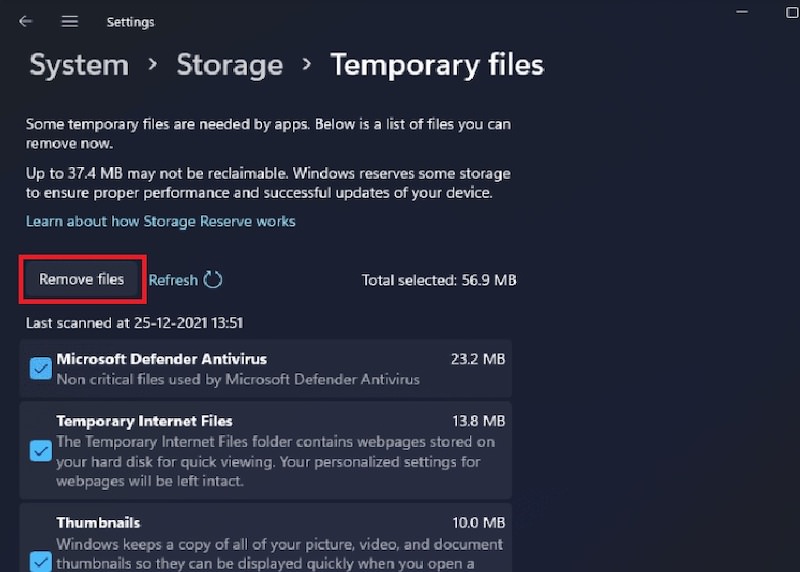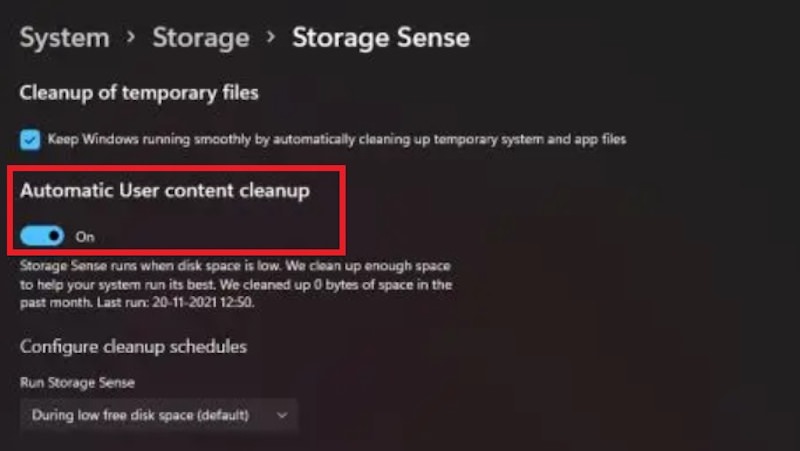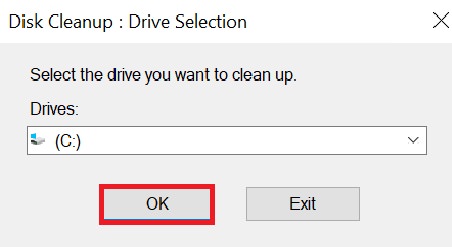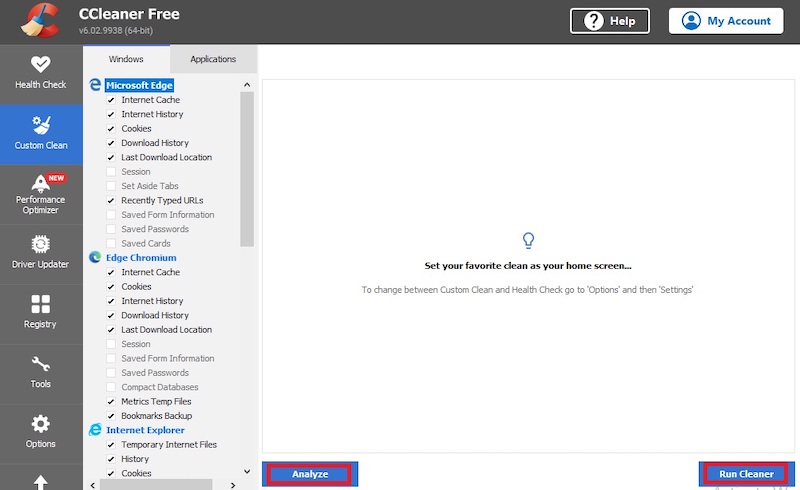How to Remove Junk Files in Windows 11
There can be many reasons for slowing down your Windows computers, and one such reason is junk files. Junk files are the temporary files created by the internet cache and cookies, system error logs, apps, junk internet files, etc. Not only do they make your system feel sluggish but also take up extra space if not regularly cleaned out.
A good news for Windows 11 users is that the OS comes with in-built options that enable you to free such unwanted storage from your computer.
How to Speed Up Windows 11
Windows 11 is the latest release from the Windows operating system and is available as a free update... Read more
Four ways to clean up Windows 11 junk
1. Empty the Recycle Bin
Let’s get the most obvious one out of the way. which is to empty the Recycle bin.
The unwanted files you have already deleted are stored in this section until you permanently remove them from the system.
2. Delete Temporary Files
The next significant way to remove junk files in your Windows 11 is by deleting temporary files (or Temp files). Temporary files are the files that store data created by Windows or the programs used by users.
When these files are not deleted, they accumulate and may begin to junk everything up. It’s quite easy to delete them in your Windows 11 by following the steps below:
- Open the Settings app by searching it through the Windows search bar.
- Next, go to the Storage option.
- Select the Temporary Files option.
- Now click on the Remove files option and then click on Continue to proceed further.



There’s another way of deleting temporary files i.e. by using Storage Sense. It’s a unique feature that enables you to remove temporary files along with Recycle bin data automatically.
Here’s how to enable this feature.
- Go to Settings > Storage.
- Toggle on Storage Sense.
- Select configure Storage Sense.
- Now make sure the first option, Keep Windows running smoothly, is enabled.
- Also, toggle on the Automatic user content cleanup option.
- Next, you can set your preference for cleaning up the junk files daily, monthly or weekly.
- Once done, click on the Run Storage Sense now option, and then storage sense will remove the files from your Windows 11 after the duration that you set.


3. Run Disk Cleanup
Disk Cleanup is a Windows utility that allows users to remove junk files from the PC. You can remove junk files, including program files, cache, thumbnails, temporary internet files, and several other files. Follow the below-mentioned steps to delete them.
- Type Disk Cleanup in the Windows search bar option.
- Now, select the Drives: > (C) that you want to clean up and then click OK.
- Look for the checkbox and select the sections that you want to delete. Now, click on OK and later click on delete files.

4. Use a third-party tool
The above-described ways are authorized by Microsoft, but they are not the only ways you remove junk files from your PC. You can also remove all kinds of unused/ junk data by using third-party tools such as CCleaner to delete junk files.
Here’s how it works:
- Install and launch CCleaner and go to the Customer Clean section.
- You will see the separate tab as the Widows and applications tab. Windows tab is useful for deleting MS-related junk files like explorer, Edge, System areas, etc., and the Applications tab is useful for deleting junk files associated with third-party programs like web browsers and other apps.
- Next, select Run Cleaner to delete junk files. You can also choose the Analyze option to see in detail what to clean and what not, before deleting the files.



Conclusion
All the above-described methods are the best possible ways to remove junk files from your Windows 11. Using them will clean your unwanted files and give you the extra advantage of freeing the storage space and smoothly running your PC.